Art
Does the SEC Really Have Jurisdiction Over NFT Art? Two Artists Sue SEC to Get an Answer
Published
4 months agoon
By
admin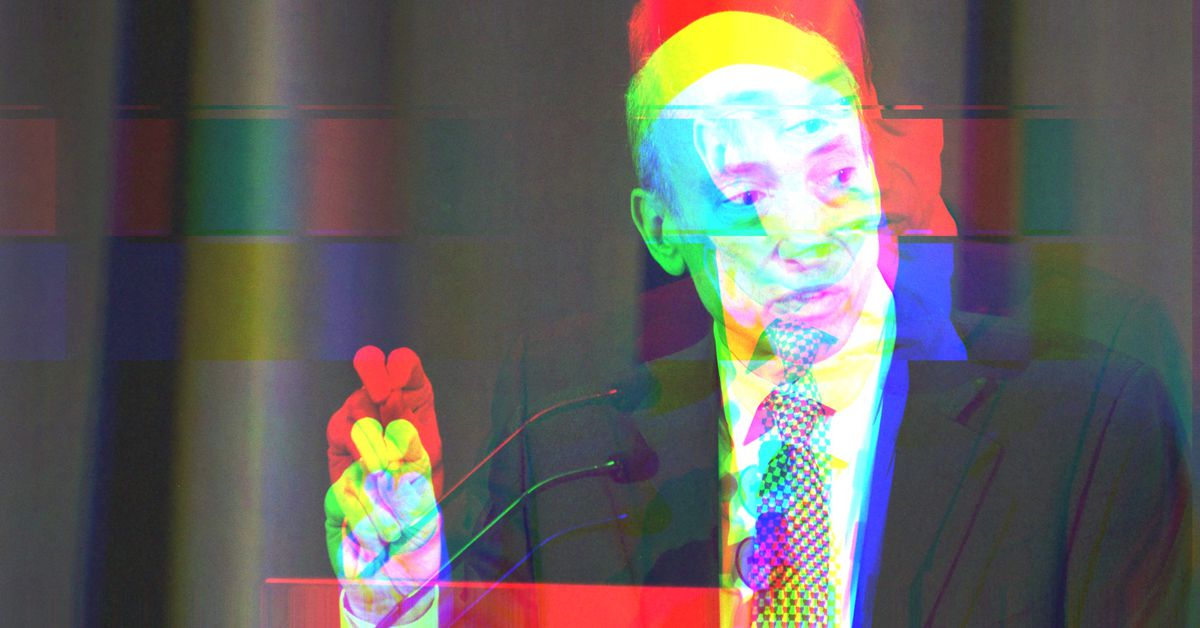

The specter of potential enforcement actions against NFT projects has “unleashed a chilling effect over NFT artists across the [U.S.],” according to the complaint. The plaintiffs in the case, conceptual artist and law professor Brian Frye, and musical artist Jonathan Mann, also known as “Song a Day Mann,” are each holding back a ready-to-go NFT project until a court grants them protection from the “credible threat” of a future investigation or litigation by the SEC, which their lawyers claim would be which would be “economically devastating to [their] artistic endeavors.”
Source link
You may like


Bitcoin Nears $100,000 As Trump Council Expected To Implement BTC Reserve


Know Your Missiles: Russia’s Experimental Hypersonic Missile Is A New Kind of Killing Machine
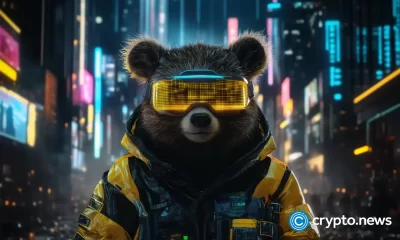

Polkadot investor predicts a 30,000% rally for this $0.04 token by 2025
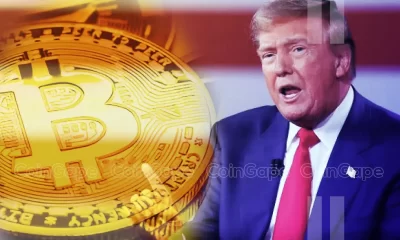

Donald Trump Proposed Crypto Advisory Council To Set Up Strategic Bitcoin Reserve


Want Greater Bitcoin Adoption? Engage With Your Government.
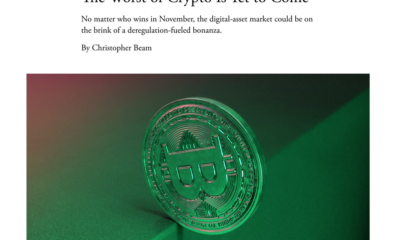

Why the Media Loves the Worst of Crypto
Art
How To Paint a Sandwich: A Solo Presentation On Memes And Digital Culture By Nardo At Bitcoin MENA
Published
3 days agoon
November 18, 2024By
admin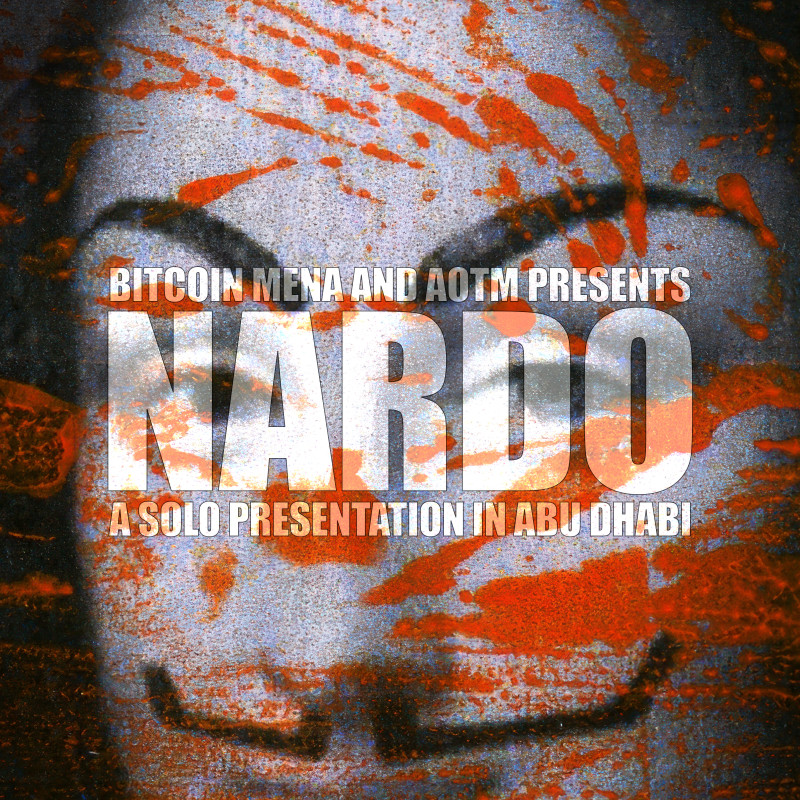
In anticipation of a solo exhibition by artist Nardo at Bitcoin Mena, in collaboration with AOTM Gallery, I sat down with him to explore the intersections of memes, mythologies, and digital culture. Nardo’s work navigates the intriguing space between the tangible form of traditional painting and the fleeting nature of meme culture—two seemingly contrasting mediums that are evolving in tandem with Bitcoin.

The title of your exhibition, Fresh Impact, and the centerpiece painting, Sandwich Artist, both reference Subway-related memes. Notably, Subway became the first fast-food chain to accept bitcoin in 2013—a moment documented by Andrew Torba, who famously used bitcoin to buy a $5 sub in Allentown, Pennsylvania (an ironic detail, given that Torba is now CEO of the social network Gab). This early mix of Bitcoin and meme culture sparked humorous reflections on “spending generational wealth” on footlongs and highlighted themes of currency value over time, as the dollar’s purchasing power wanes while bitcoin’s grows. How does this Subway meme resonate with you, and how does it shape your approach to painting in an increasingly digital age?
I think there is something to be said about quick consumption in contemporary culture—whether it’s fast food footlong subs or internet memes. The attention span of human senses has diminished to bursts of repeated dopamine, where selecting your type of bread, meats, and toppings becomes the most exciting part of your afternoon. Then comes the tireless effort of finishing 12 inches of processed food matter. You repeat this over and over because it’s convenient, and maybe next time, you’ll excite yourself by swapping cheddar for provolone.
However, Subway has developed a systematic experience that feels eternal. Memes and internet behavior function in a similar way. The ephemeral consumption of entertaining or humorous memes acts as the dopamine hit—we share them with friends, they spread at rapid speeds, and then they often die off, leading us to move on to the next. Yet, the success of memes also lies in their systems: cultural iconography, bold fonts superimposed onto captivating imagery, hyper-sharpened visuals, deep-fried aesthetics, or low effort applications. Memes rely on visual and cultural layers—bread, meat, and toppings.
I think, as it relates to Bitcoin, we should really confront its experiential nature in the exact moment of exchange. To have purchased a footlong for $5 worth of Bitcoin in 2013, only to view it today in 2024 as ~$4,300, is both absurd and somewhat painful—but the experience is eternal. The very act of using digital internet money in exchange for physical, consumable goods feels almost alchemical.
Evolutionary biologist Richard Dawkins coined the term “memes” to describe units of cultural transmission, likening their spread to gene replication. Memes also resemble viruses in how they propagate through social networks, blurring the lines between genes and viruses as both can integrate into DNA and influence evolution. You and I have joked that memes—and memecoins—are akin to the fast food of digital culture, serving as cybernetic junk food or street drugs. Do you consider memes to be a low art form? Is the buildup of studio trash made famous by painter Francis Bacon or the outlandish waste and detritus of Dash Snow’s 2007 “hamster nest” installation somehow related? What are your thoughts on contemporary artists like Christine Wang, who replicates notable memes in her recent painting exhibition, “Cryptofire Degen,” at The Hole in New York? What happens when a digital meme becomes a physical painting?
This all ties back to what I discussed earlier—I am interested in slowing down the process of consumption. To meticulously hand-paint a meme in oil and present it as such can be a little jarring. Similarly, considering trash as form or content, rather than something to be discarded, fascinates me.
After the user has consumed their lunch and doom-scrolled through countless memes on Twitter, what remains as the detritus of all that? The whole experience can feel like nullifying brain rot—a diminishing of structure and existence within passive chaos. Perhaps, though, that is the liminal mindset necessary to birth the most viral ideas.
My introduction to cybernetics came from Japanese animation series like Ghost in the Shell (1995-2014), which explore cyberpunk themes such as internet-connected minds, hackers, and cyber viruses, echoing Dawkins’ ideas about memes and cultural transmission. The series highlights concepts like “ghost-hacking” and “thought viruses,” which replicate across networks and influence societal behavior, aligning with Dawkins’ notion of self-replicating cultural units. Given your recent exploration of the “skibidi toilet” meme phenomenon, what insights have you gained about how this meme has propagated across social networks and shaped the collective consciousness of younger audiences?
The Ghost in the Shell connection isn’t far removed from the world as we know it now. Much like the premise of that “fiction,” our fleshy brains are nestled within a cybernetic façade of digital personas and communications. We practically live vicariously through a digitized shadow-self—a projection of what we think we could become. This aligns with why I often say, “You become what you meme.”
I am deeply intrigued by the phenomenon of American youth becoming obsessed with new memes that older generations are unable to compute, such as Skibidi Toilet. I think it is in this fracturing of sensibility that new languages are born, while old mythologies are repackaged in contemporary ways. Skibidi Toilet is the Iliad of the Internet.
Beyond Ghost in the Shell’s exploration of cybernetics, the seminal anime series Neon Genesis Evangelion intersects with the Age of Aquarius concept through its themes of interconnectedness and collective consciousness. The series delves into the merging of individual identities, echoing how “hive mind” behaviors in contemporary internet culture reflect the rapid influence of shared information and memes. In your artwork Sandwich Artist, you highlight the tension between individual artistry and the pressures of representing a faceless brand. How have you observed this shift over time, and how can artists engage with collective ideas while preserving their individuality in today’s digital culture?
The Sandwich Artist piece utilizes a well-known meme template, yet through various digital alterations—specifically the literal scribbling out of pre-existing text—it takes on the feel of graffiti and eventually becomes my own. I like this piece for how it represents an individual manifesto of my work and reflects how I think about my artistry as a whole. Sure, consistent branding and aesthetics are great for sales if done right, but I’m more interested in how my work exists within a long enough historical timeline. The hive mind desires a brand to rally behind, yet history yearns for individual artistry.
We’ve discussed the term “subway” in relation to submarine sandwiches, but it also evokes the idea of underground transportation. Japan famously studied mycelial growth patterns to optimize its subway and train systems. Similar to fungi, memes propagate and connect individuals in a vast, decentralized network, evolving as they move from one “host” to another. This fungal comparision highlights how memes adapt and spread dynamically, mirroring natural systems of growth and communication. How do you think artists can consciously navigate this memetic landscape of propagation, host vessels, and network dynamics?
The lifespan of most internet memes moves so rapidly that it’s difficult to grasp them before they vanish into a shallow grave. Among the few that manage to take hold of the collective consciousness, I find it fascinating to analyze how they connect to humanity’s past on a metaphysical level. Trends and symbols have remained consistent throughout human history; they simply resurface in different forms as time passes.
Efficient memes rely on efficient systems for delivering information. As artists, we should remain conscious of history and metaphysical symbolism, as this awareness can help us uncover our own primordial self through the mirror of memes.
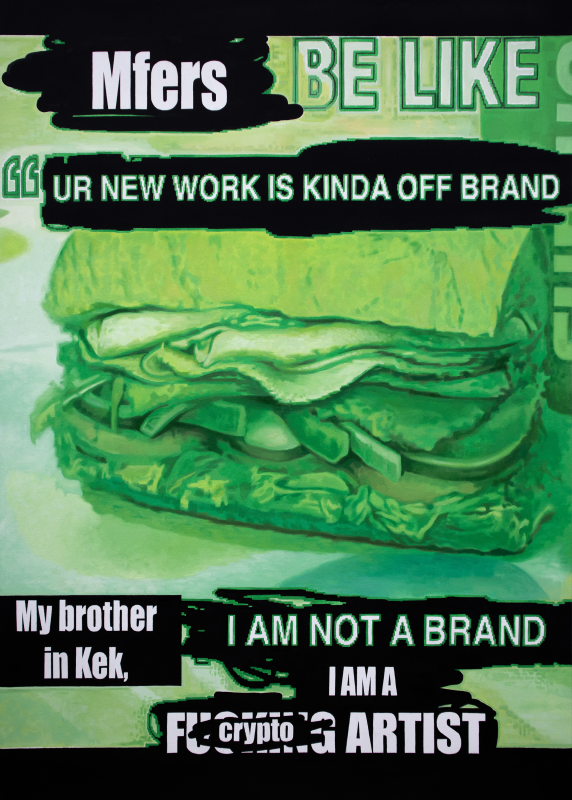
Source link
Art
Art Under Surveillance: Ripcache’s Radical Take at Bitcoin Amsterdam
Published
1 month agoon
October 15, 2024By
admin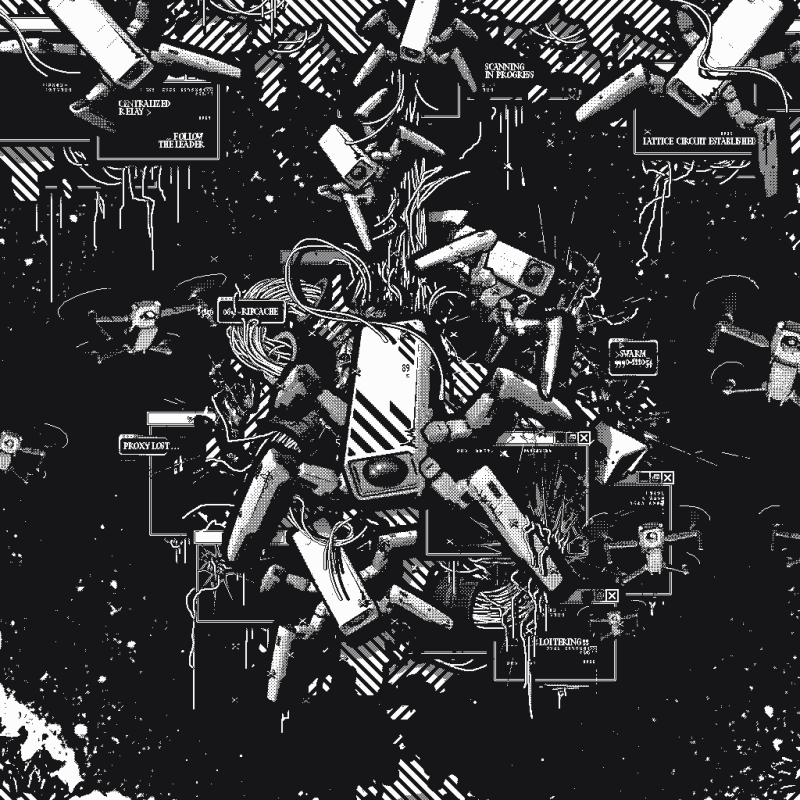
Ripcache, a pseudonymous artist, explores themes of surveillance and privacy through a 1-bit pixelated aesthetic. By examining the impact of modern surveillance in centralized and decentralized systems, Ripcache’s work examines trade-offs of the advancing digital age. Their recent series, “Hyperscalers,” was featured on the main stage at Bitcoin Amsterdam, with a private sale facilitated by UTXO Management’s OTC desk to collector Brissi, marking a key milestone in their career and the greater ordinals ecosystem.
We sat down with Ripcache to discuss his art.
Ordinals on Bitcoin create new ways for audiences to engage with digital art. In a world increasingly dominated by surveillance, how does this impact your views on ownership, visibility, and control over art?
Ordinals challenge the status quo about ownership and control. In a way, they democratize access to certain forms of art. In the past, a lot of the art world has been about exclusivity. Artwork hidden away in private collections or in storage, accessible only to a select few. This exclusivity is like a centralized database with limited entry.
In contrast, inscribing art on bitcoin makes it universally accessible. Sure, you still might not own it, but at least anyone with an internet connection can look at it and verify the work without intermediaries. This accessibility and transparency challenges traditional power structures in art ownership and curation. With that said, in an era of pervasive surveillance, this openness also raises questions around privacy and the potential for art and provenance to be co-opted or misused. It’s a delicate balance between visibility and control and advocating for a future where art is both accessible and respectful of individual privacy (for the artist, collector and wider public).

As technologies like blockchain and AI continue to shape the future of digital art, how do you see the relationship between art and surveillance evolving? Could AI offer an alternative narrative to the surveillance-heavy world we inhabit, or only deepen it?
AI and blockchain are actively reshaping our perceptions of surveillance and privacy. While AI does have immense creative potential, in that it can enable new forms of creation and interaction, it also poses risks. The biggest risk is amplifying surveillance capabilities by collecting and processing vast amounts of data, predicting behaviors, and potentially stifling spontaneity.
It’s tough to say definitively, however. AI could deepen the surveillance state but it also has the potential to offer alternatives. Artists already use AI to explore themes of privacy and identity, reclaiming some control over the narrative. And maybe it’s a bit cliche, but I think crypto and bitcoin provide a counterbalance by enabling decentralized and increasingly more anon interactions. With ordinals, artists can share their work with collectors all over the world without centralized oversight, promoting a culture of openness while safeguarding individual freedoms. As this tech evolves, I think it’s crucial that we actively shape them to enhance rather than diminish our creative and personal liberties.
Incorporating motifs like CCTV and drones into your work raises questions about the tension between the peer-to-peer aspect of Bitcoin and the omnipresence of surveillance. Are you concerned that systems meant to decentralize power may still be co-opted by regulatory forces or contribute to an increasingly digital panopticon?
The risk of decentralized systems being co-opted is a real concern. My use of motifs like closed-circuit TV cameras and drones is an attempt to highlight this tension. These symbols represent the watchful eyes of surveillance, prompting viewers to consider how technologies intended for empowerment can be repurposed for control.
Financial transparency on bitcoin is empowering. It has the potential to hold institutions accountable, but it can also expose personal data if not carefully managed. There’s a paradox where increased openness can lead to decreased individual privacy. To prevent decentralization from contributing to a digital panopticon, it’s important to advocate for technologies that prioritize user privacy, like zero-knowledge proofs, and to stay vigilant about regulatory developments.
Art can play a role in this discourse by bringing these issues to the cultural forefront and by encouraging proactive engagement with the cypherpunk ethos as well as the second and third order implications of technology.
Source link
Adoption
Museums, AI-generated art, blockchain, and NFTs
Published
2 months agoon
October 6, 2024By
admin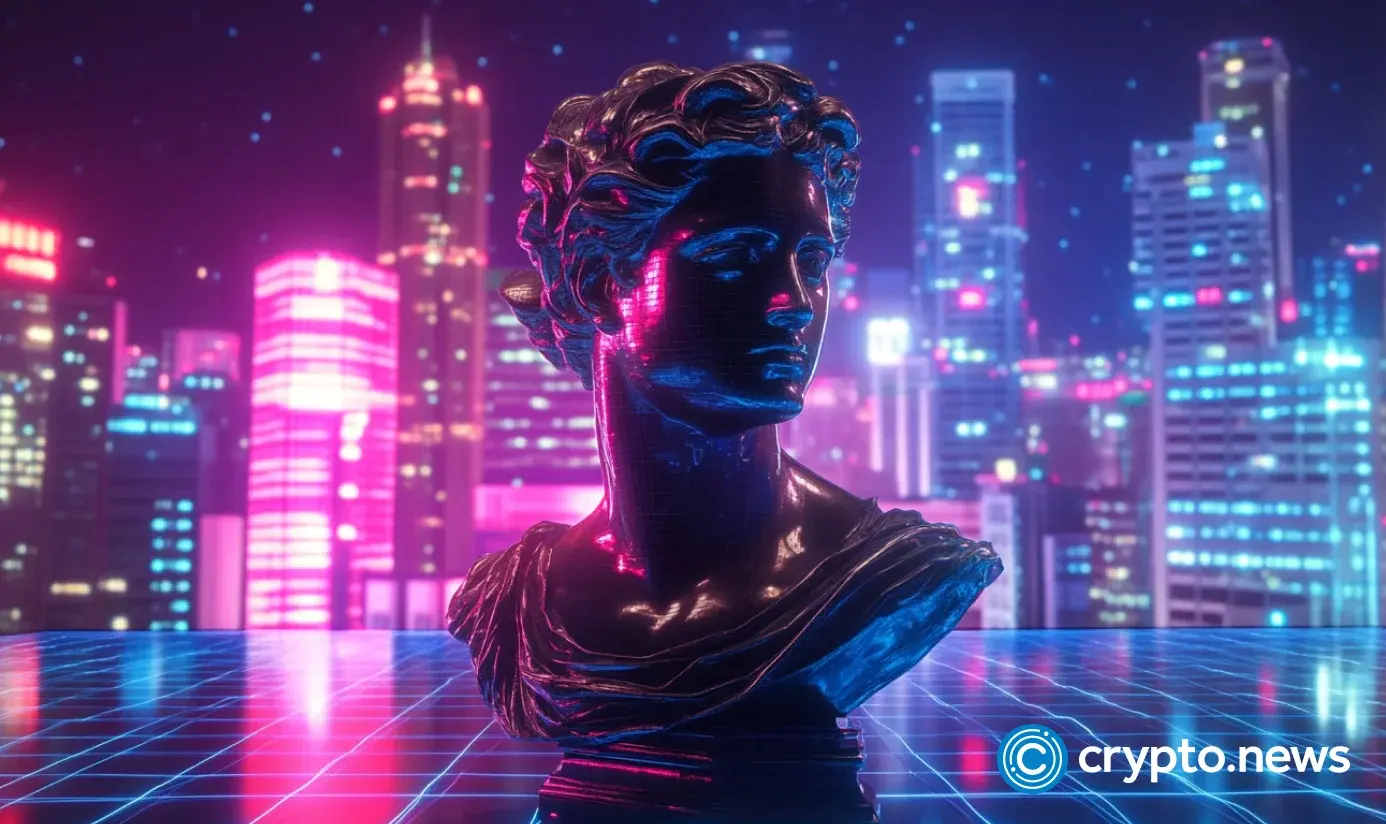

Disclosure: The views and opinions expressed here belong solely to the author and do not represent the views and opinions of crypto.news’ editorial.
Refik Anadol Studio, co-founded by Refik Anadol and Efsun Erkiliç in 2025, is launching an immersive AI art & NFT museum called DATALAND at The Grand LA, with a flagship location at the Frank Gehry-designed development in the heart of downtown Los Angeles.
DATALAND will feature immersive AI art experiences by establishing a new model for artistic expression at the onset of the digital age by taking immersion to the next level with the AI-powered scent of the galleries. As AI artist Refik Anadol explained to me:
“We aren’t yet revealing the details about DATALAND’s artistic programming, but there will be many moments for sharing/exhibiting AI artists’ work both physically and virtually so people who cannot travel to LA have access to the AI art creations. And can purchase the AI art work NFTs minted on an Ethereum-based platform and many other sustainable chains for exciting art and culture activities.”
Refik Anadol Studio announced the launch of DATALAND during Climate Week NYC, which is celebrated NYS-wide for the first time and runs parallel to the United Nations General Assembly meeting, where world leaders gather to address critical global challenges. DATALAND’s inaugural exhibitions will be prepared with the Large Nature Model, an open-source AI model based solely on nature data, to produce unprecedented immersive AI-powered digital environmental artwork. The studio initially presented such installations at the 2024 World Economic Forum in Davos, Switzerland, and then at the United Nations in New York during the 2024 UNGA to promote environmental awareness. As UN Under-Secretary-General Melissa Fleming concurred:
“Refik Anadol’s artwork is a testament to the beauty and fragility of our natural world. It’s a clarion call to world leaders: we must harness the power of technology [AI art & NFTs] and human ingenuity and agency to incite action to protect our planet before it’s too late.”
The award-winning studio has been engaged by leading tech companies, groundbreaking researchers, and cutting-edge thought leaders to produce projects that have been shown in more than 70 cities spanning six continents and experienced by millions of ardent fans. These exhibition venues include several United Nations Climate Change Conferences, MoMA, Centre Pompidou-Metz, Serpentine Galleries, National Gallery of Victoria, Venice Architecture Biennale, Hammer Museum, Arken Museum, Casa Batlló, Dongdaemun Design Plaza, Daejeon Museum of Art, and Istanbul Modern Museum. Nevertheless, Refik Anadol Studio, as explained by Refik, chose “Los Angeles as the perfect city to launch DATALAND, a forward-thinking, revolutionary museum in support of the fields to which I have dedicated my career: art, science, technology, and AI research.” And he continued:
“As LA has long been a city that looks to the future in art, music, cinema, architecture, and more, it feels natural to open DATALAND here. To have a permanent space for us to develop a new paradigm of what a museum can be—by fusing human imagination with machine intelligence and the most advanced technologies available—is a realization of one of my biggest dreams. To do so in a building designed by one of my heroes, Frank Gehry, is almost unbelievable.”
DATALAND will use millions of photos and other records from partner museums, including the Smithsonian and London’s Natural History Museum, to create its installations. “We already have three major collaborations with museums in the works and are very confident to join forces across the world,” added Refik.
History of AI art, NFTs, and museums
Christiane Paul, the digital art curator of Whitney Museum, who is “looking forward to learning more about DATALAND,” detailed the AI Art History at the groundbreaking symposium at Rhode Island School of Design’s “Debates in AI” held during April 11-12, 2024, that invited artists worldwide. She explained that AI art has a fascinating history that intertwines technology and creativity, and it continues to evolve, pushing the boundaries of what is possible at the intersection of technology and creativity.
Christiane Paul, curator of Digital Art at Whitney Museum, debates in AI art history
Early beginnings: 1950s-1970s. The roots of AI art can be traced back to early experiments with computer-generated art, where artists and computer scientists collaborated to create visual and abstract compositions using early computer algorithms. One notable example from this era is captured by the Whitney Museum’s exhibition curated by Christiane Paul with David Lisbon tracing the evolution of Harold Cohen’s AARON, the earliest artificial intelligence program designed to create drawings and paintings. AARON was first exhibited in 1972 at the Los Angeles County Museum of Art.
Advancements in algorithms: 1980s-2000s. During this period, algorithms and computing power advancements allowed for more complex and varied artistic outputs, and AI art began to gain recognition in academic and artistic circles.
The city of Los Angeles, which will become home to DATALAND, served as grounds for the Gray Area Foundation, a cultural incubator with a mission to cultivate, sustain, and apply antidisciplinary collaboration, back in 2002 to integrate art, technology, science, AI, and the humanities—towards a more equitable and regenerative future. This foundation moved its headquarters to San Francisco in 2005.
Deep learning revolution: 2010s. The advent of deep learning brought significant changes with generative adversarial networks and other machine learning techniques that enabled the creation of highly sophisticated and realistic artworks. AI art started to be exhibited in NFT form in galleries and museums and auctioned in prominent auction houses, raising questions about creativity and authorship.
In 2014, digital artist Kevin McCoy issued the first-ever art NFT.
Four years later, in 2018, Christie’s art auction house became the first auction house ever to offer AI artwork for sale. Christie’s also hosted its first Art + Tech Summit on the topic of blockchain. In June 2019, the second edition focused on artificial intelligence and art. Since then, blockchain, NFTs, and AI have been hot topics in the art world, intersecting unexpectedly. At the helm of digital curator Christiane Paul, Whitney Museum became an early collector of NFTs starting in 2018.
Mainstream adoption: 2020s. The increased availability of AI art tools to the general public has democratized the creation of AI-generated images. This era has also seen debates about NFTs, its market bubble and crash, copyright, the impact on traditional artists, and the ethical implications of AI in art.
In Germany, the Intelligent Museum—a practice-based research and development project at the ZKM | Center for Art and Media Karlsruhe and the German Museum—was backed by the Digital Culture Programme of the German Federal Cultural Foundation in 2020. It explores new paths of museum communication and outreach to connect the museum with current AI technologies, making it a place of experience and experimentation, a social space where art, science, technology, and public discourse come together. One of the best-selling AI-generated NFT artists exhibited at ZKM is a program called Botto, which is the brainchild of computer engineers and a German artist named Mario Klingemann in 2021 that creates AI art NFTs. Today, Botto has created over 75 NFTs that generated more than $3 million in revenue.
In New York City, the Museum of Modern Art—ahead of holding its first-ever AI Art Show curated by Michelle Kuo, “Unsupervised” by Refik Anadol—became the beneficiary of a major new endowment established by the William S. Paley Foundation to support MoMA’s ambitious goals in digital media and technology and to provide for new AI Art/NFT acquisitions. Henry Kissinger, Chairman of the William S. Paley Foundation at the time, stated:
“I know how deeply my friend Bill Paley cared about The Museum of Modern Art and with what devotion he dedicated himself to its advancement. With this initiative, the Foundation will honor his intention and continue his vision for MoMA.”
Nevertheless, MoMA has adopted a cautious approach to NFTs so far. Other than contributing data to algorithmically generated works by artist Refik Anadol and, in October 2023, announcing that it had acquired “Unsupervised” for its permanent collection, the museum has not been involved with other AI art or NFT projects.
In Singapore, curated by ArtScience Museum’s Deborah Lim and guest curator Clara Che Wei Peh, “Notes From the Ether” last year was an exciting and timely exhibition that offered a glimpse into the future of digital art with work by 20 artists: Memo Akten, Burak Arikan, Botto, Mitchell F Chan, DEAFBEEF Simon Denny, Harm van den Dorpel, Sarah Friend, Rimbawan Gerilya, Holly Herndon and Mathew Dryhurst, Tyler Hobbs and Dandelion Wistjo+kapi, Larva Labs, Jonas Lund, Ninaad Kothawade, Sarah Meyohas, Rhea Myers, Aaron Penne, Aluan Wang, Emily Xie. These artists work with the emerging technologies of non-fungible tokens and generative artificial intelligence to push the boundaries of what art is and what it could be.
The future of museums AI art and NFTs
Undoubtedly, over the past 40 years, the usage of AI-generated art has been on the rise, becoming all the more popular during the last ten years with the tokenization of art via NFTs, according to the Academy of Animated Art. As Vilas Dhar, President of the Patrick J. McGovern Foundation, explained:
“AI is not just a tool for innovation—it’s a force that can reshape how we see our planet, reconnecting us with the beauty and fragility of nature in ways never before possible. Refik Anadol’s brilliant vision allows us to use technology [AI Art & NFTs] to engage the senses and spark a deeper emotional connection to our natural world.”
During this year, many museums and more than 100 “immersive” institutions around the world are showcasing/purchasing AI art and NFTs on a large scale to massive audiences to exhibit the marriage of human imagination and machine intelligence, which includes Seattle NFT Museum, Guggenheim Museum, Mercer Labs, Museum of Art & Light, Buffalo AKG Art Museum, Centre Pompidou, Tate Modern, PST Art: Art & Science Collide, which held at over 60 shows across Southern California, and many others.
Magda Shawon, co-founder of Postmasters Gallery in New York City, who works with the first NFT Artist Kevin McCoy, has been selling digital, AI-generated art to museums such as MoMA, the Metropolitan Museum of Art, and The Whitney Museum of American Art for over 20 years. She agrees with Vilas and Melissa’s sentiments about Refik’s impactful AI artwork:
“People don’t want to stop watching Refik Anadol’s AI Work when they sit in front of it. Refik’s work has an impact, but whether it is a trigger to create an enormous field of AI generative art, NFT sales is a big question.”
Digital art has been collected for as long as it has existed, but widespread adoption is still nascent. The tokenization of art via NFTs has helped the digital art world and the traditional art world integrate, leading to a burgeoning interest from museums, immersive institutions, collectors, auction houses, NFT markets, and galleries. The first NFT artist, Kevin McCoy, who created an art NFT back in 2014, is hopeful and supports Refik’s museum, AI art, and NFT initiative. He highlighted:
“I’m heartened by Anadol’s announcement of Dataland. He is leading by example both with his ‘ethical AI’ initiative and the commitment to the exhibition and preservation of AI and digital art that the museum represents. Within this context, the provenance provided by NFTs and blockchain-based records, more generally, can play a central role. This will be an important next step in the expanding use of this technology.”
Source link

Bitcoin Nears $100,000 As Trump Council Expected To Implement BTC Reserve

Know Your Missiles: Russia’s Experimental Hypersonic Missile Is A New Kind of Killing Machine

Polkadot investor predicts a 30,000% rally for this $0.04 token by 2025

Donald Trump Proposed Crypto Advisory Council To Set Up Strategic Bitcoin Reserve

Want Greater Bitcoin Adoption? Engage With Your Government.

Why the Media Loves the Worst of Crypto

HashCats prepares for Token Generation Event after completing mining season

Gary Gensler To Step Down As US SEC Chair In January

The Chart That Shows Bitcoin’s Bull Run Won’t Stop at $100,000

$2 Million PEPE Purchase Sees 105 Billion Tokens Snapped Up

XRP price expected to reach $7, Dogecoin $3, and PCHAIN $1 from $0.004

Bitcoin Miner MARA Holdings Raises $1B To Buy More Bitcoin

Sui Network blockchain down for more than two hours

Analyst Says Six-Figure Bitcoin Price Incoming – But Warns One Factor Could Delay BTC Rally Till Next Year

How Will BTC React to $3B Buying Spree?
182267361726451435

Top Crypto News Headlines of The Week

Why Did Trump Change His Mind on Bitcoin?

New U.S. president must bring clarity to crypto regulation, analyst says

Ethereum, Solana touch key levels as Bitcoin spikes

Bitcoin Open-Source Development Takes The Stage In Nashville

Will XRP Price Defend $0.5 Support If SEC Decides to Appeal?

Bitcoin 20% Surge In 3 Weeks Teases Record-Breaking Potential

Ethereum Crash A Buying Opportunity? This Whale Thinks So

Shiba Inu Price Slips 4% as 3500% Burn Rate Surge Fails to Halt Correction

‘Hamster Kombat’ Airdrop Delayed as Pre-Market Trading for Telegram Game Expands

Washington financial watchdog warns of scam involving fake crypto ‘professors’

Citigroup Executive Steps Down To Explore Crypto
Mostbet Güvenilir Mi – Casino Bonus 2024

Bitcoin flashes indicator that often precedes higher prices: CryptoQuant
Trending

 2 months ago
2 months ago182267361726451435

 24/7 Cryptocurrency News3 months ago
24/7 Cryptocurrency News3 months agoTop Crypto News Headlines of The Week

 Donald Trump4 months ago
Donald Trump4 months agoWhy Did Trump Change His Mind on Bitcoin?

 News3 months ago
News3 months agoNew U.S. president must bring clarity to crypto regulation, analyst says

 Bitcoin4 months ago
Bitcoin4 months agoEthereum, Solana touch key levels as Bitcoin spikes

 Opinion4 months ago
Opinion4 months agoBitcoin Open-Source Development Takes The Stage In Nashville

 Price analysis3 months ago
Price analysis3 months agoWill XRP Price Defend $0.5 Support If SEC Decides to Appeal?

 Bitcoin4 months ago
Bitcoin4 months agoBitcoin 20% Surge In 3 Weeks Teases Record-Breaking Potential


